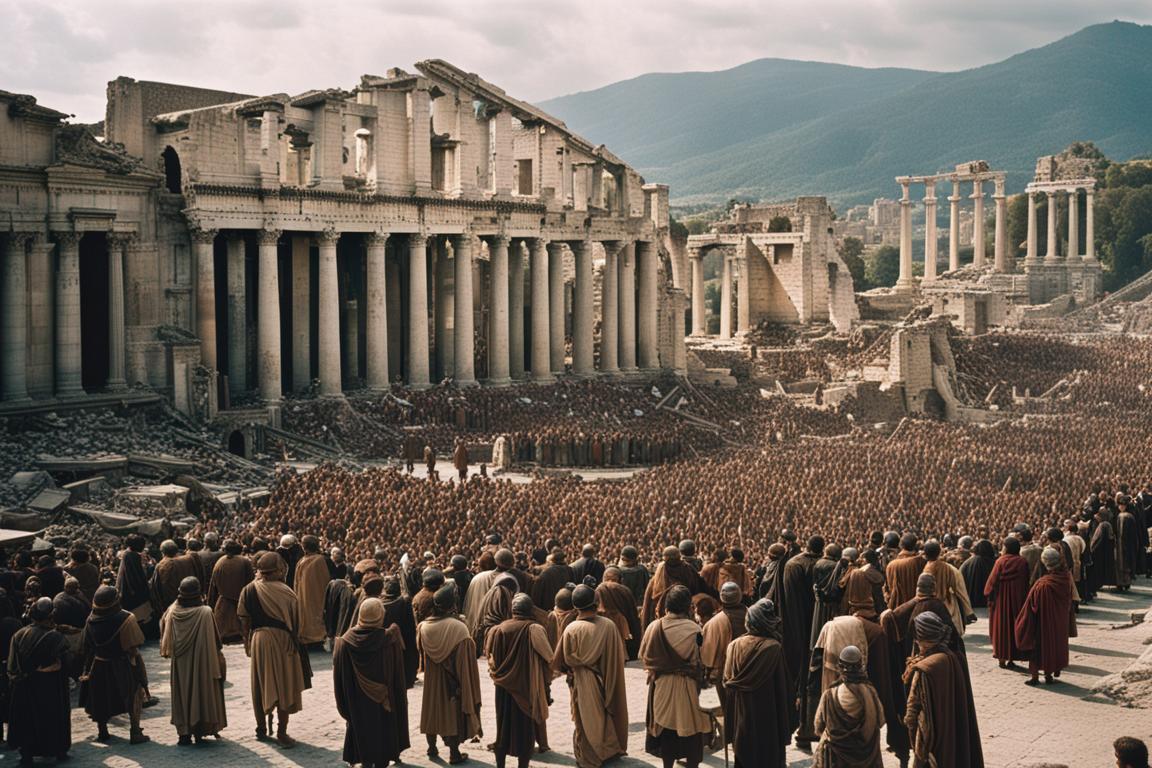In the evolving landscape of game design, symbols serve as vital tools for storytelling, player engagement, and mechanic innovation. Their transformation—from static icons to dynamic, interactive elements—reflects a broader trend toward immersive and meaningful gameplay experiences. This article explores how symbol transformation functions within modern games, illustrating foundational principles with practical examples such as Le Zeus critique and beyond.
- Introduction to Symbol Transformation in Games
- Theoretical Foundations of Symbol Transformation
- Types of Symbol Transformations in Modern Gaming
- Case Study: Le Zeus – A Modern Illustration of Symbol Transformation
- The Mechanics Behind Symbol Transformation in Le Zeus
- Design Strategies for Effective Symbol Transformation
- Broader Implications: Symbol Transformation Beyond Le Zeus
- Non-Obvious Dimensions of Symbol Transformation in Games
- Educational Takeaways and Practical Applications
- Conclusion: The Art and Science of Transforming Symbols in Games
1. Introduction to Symbol Transformation in Games
Symbols in game design are more than mere icons; they are narrative devices, mechanics anchors, and emotional triggers. When a player sees a symbol, it often signals potential rewards, risks, or story elements. Transforming these symbols—from static images to dynamic entities—serves to enhance player engagement, create anticipation, and deepen immersion.
Transformation mechanics can vary from simple visual changes to complex multi-layered interactions that trigger bonuses, unlock narrative paths, or alter gameplay flow. This evolution in symbol utility reflects a strategic effort by designers to make gameplay more interactive and meaningful, encouraging players to interpret symbols beyond their initial appearance.
Understanding how symbols influence player motivation and perception is crucial for both game developers and players. It reveals how visual cues are used not only for aesthetic purposes but also as integral components in game mechanics and storytelling, fostering a more engaged and emotionally invested audience.
2. Theoretical Foundations of Symbol Transformation
At the core of effective symbol transformation lies the concept of visual storytelling. Symbols act as shorthand for complex ideas, emotions, or narrative elements. When they transform, they often reflect underlying themes—such as power, mystery, or transition—adding layers of meaning to gameplay.
Game mechanics have evolved from static icons—like simple card suits or fruit symbols—to dynamic, animated symbols that respond to player actions or game states. This shift is rooted in the principles of interactive storytelling, where visual cues adapt to heighten emotional impact and guide player decisions.
Psychologically, symbol transformations can trigger a sense of progression, achievement, or surprise. For example, a symbol changing color or shape at the right moment can evoke excitement or anticipation, reinforcing a player’s engagement and emotional investment in the game.
3. Types of Symbol Transformations in Modern Gaming
Modern games employ various transformation types to keep gameplay fresh and engaging. These include:
- Static to dynamic symbol changes: Icons that shift from simple images to animated or glowing symbols, such as a coin transforming into a sparkling treasure.
- Conditional transformations: Symbols that change based on gameplay events, like collecting a certain number of items or achieving specific milestones.
- Multi-layered transformations: Complex sequences where symbols evolve through several stages, often combining visual, audio, and mechanic changes to create an immersive experience.
4. Case Study: Le Zeus – A Modern Illustration of Symbol Transformation
Le Zeus exemplifies how contemporary games utilize symbol transformations to enhance narrative and gameplay. Set in a mythological universe, it features Zeus as an impostor who steals thunderbolts, which serve as key symbols in the game.
A notable feature is the hidden bonus triggered when players land five FS (Free Spins) symbols, activating a transformation that leads to additional rewards. This mechanic exemplifies how static symbols can be transformed into catalysts for bonus features, creating a layered experience that encourages strategic play.
The thunderbolt symbols themselves are highly symbolic—representing power, divine intervention, and sudden change. Their transformation within the game—from simple icons to dynamic triggers—embodies the core principles of symbolic storytelling and mechanic innovation. For more insights into its design, see the Le Zeus critique.
5. The Mechanics Behind Symbol Transformation in Le Zeus
Trigger conditions are meticulously designed to balance fairness and excitement. In Le Zeus, landing five FS symbols on a payline activates a transformation sequence—often accompanied by visual effects like lightning strikes or glowing symbols—that signifies the start of a bonus round.
Visual and audio cues play a vital role in emphasizing transformations. Lightning sounds, flashing graphics, and dynamic animations not only make the event more perceptible but also heighten the emotional response, reinforcing the significance of the transformation.
This seamless integration impacts gameplay flow—players are encouraged to pursue symbol combinations, knowing that transformations can lead to substantial rewards and strategic advantages, such as unlocking bonus features or multipliers.
6. Design Strategies for Effective Symbol Transformation
Achieving an effective transformation requires balancing complexity with clarity. Overly complicated transformations may confuse players, while too simple ones might lack excitement. Clear visual cues and consistent thematic alignment are essential.
Transformations should resonate with the game’s narrative. For instance, in mythological themes like Le Zeus, thunderbolts transforming into bonus symbols reinforce the story’s divine power and sudden change motif.
Utilizing symbolism—such as lightning representing divine intervention—deepens immersion and allows players to interpret transformations beyond surface-level mechanics, fostering emotional resonance.
7. Broader Implications: Symbol Transformation Beyond Le Zeus
Symbol transformation techniques are applicable across various game genres—from slot machines to narrative-driven adventures and open-world RPGs. For example, in role-playing games, character icons might evolve to reflect story progression, providing visual feedback on player choices.
Lessons for game designers include the importance of innovation—using transformation mechanics to surprise players and deepen storytelling. As technology advances, we can expect more sophisticated transformations enabled by real-time rendering, augmented reality, and machine learning.
Future trends point toward more personalized and context-sensitive transformations, adapting to individual player behavior and preferences, further blurring lines between mechanics and narrative.
8. Non-Obvious Dimensions of Symbol Transformation in Games
Cultural symbolism plays a crucial role in how transformations are perceived. In mythological-themed slots like Le Zeus, thunderbolts evoke specific cultural connotations of power and divine authority. Adapting these symbols to different cultural contexts can enhance inclusivity and relatability.
The timing and frequency of transformations influence psychological states—occasional, well-timed transformations heighten excitement, while frequent, predictable ones may diminish impact. Designers must carefully calibrate these elements to maintain engagement without causing fatigue.
Ethically, manipulating symbols to influence player behavior raises questions about consent and transparency. Responsible design involves ensuring that transformations serve entertainment and storytelling rather than exploit psychological biases.
9. Educational Takeaways and Practical Applications
For aspiring game designers, understanding symbol transformations offers a pathway to craft more engaging and meaningful experiences. Incorporating symbolic depth—through visual cues, thematic consistency, and mechanic innovation—can elevate game narratives and player investment.
Using examples like Le Zeus demonstrates how complex transformation mechanics can be seamlessly integrated into gameplay, providing valuable lessons in balancing complexity, clarity, and thematic relevance. These insights can be applied across genres, from casual slots to AAA titles.
Moreover, recognizing the psychological and cultural dimensions of symbols enables designers to create more inclusive and resonant worlds, fostering deeper emotional connections.
10. Conclusion: The Art and Science of Transforming Symbols in Games
Transforming symbols are a powerful tool in the game designer’s arsenal, blending art and science to craft engaging, immersive experiences. As technology and understanding of player psychology advance, so too will the sophistication of these transformations—offering vast potential for innovation.
Games like Le Zeus serve as modern exemplars of how symbolic mechanics can elevate gameplay, demonstrating that thoughtful design of symbol transformations is both an art form and a strategic science. Embracing these principles allows creators to push the boundaries of storytelling and player engagement.
Ultimately, effective symbol transformation enhances not only entertainment value but also narrative depth—turning simple icons into meaningful, memorable elements of the gaming experience.




